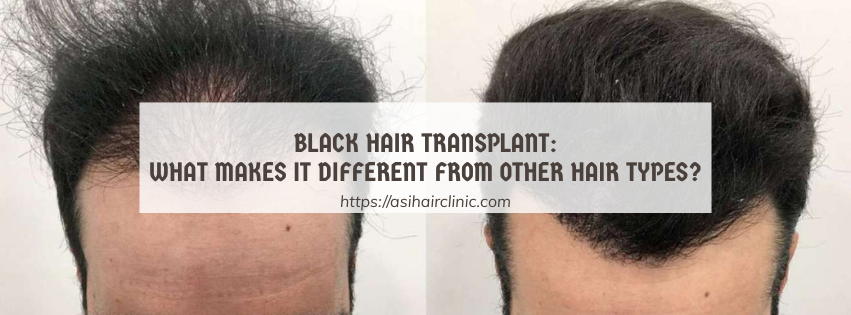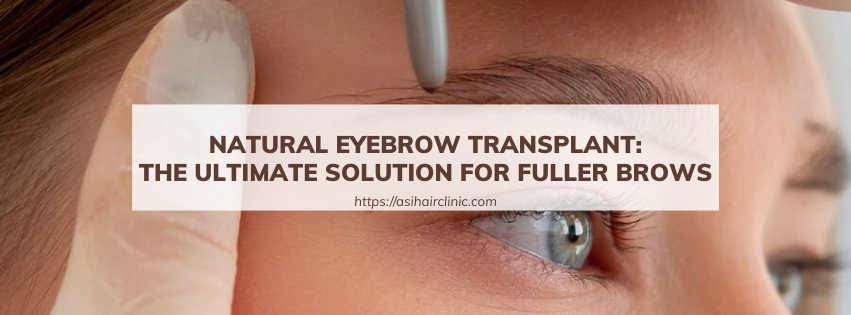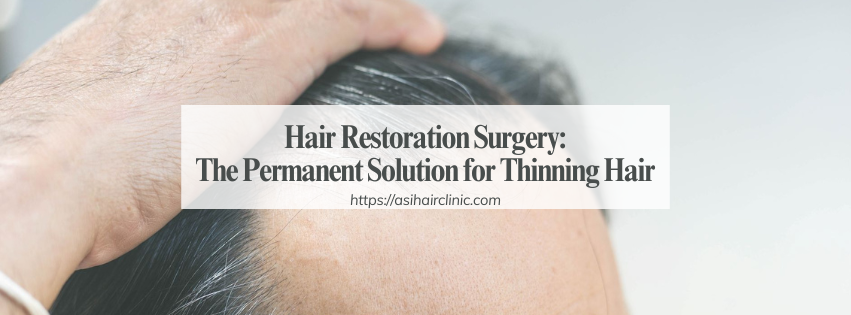The History of Hair Transplants
Hair loss is a common and often distressing experience that has affected individuals for centuries. From ancient remedies to contemporary surgical innovations, humans have long sought ways to combat thinning hair and baldness. This quest for hair restoration has not only driven numerous cosmetic practices but also spurred significant advancements in medical science. The history of hair transplants is a captivating journey, tracing its roots back to the early wig-making traditions in ancient civilizations all the way to the cutting-edge techniques employed today. In this comprehensive exploration, we will delve into the fascinating evolution of hair restoration methods, showcasing the creativity and resilience of those determined to regain their crowning glory.
1. Ancient Beginnings: A Wig-Waving World
In the realm of hair loss solutions, the earliest endeavors were less about surgical interventions and more focused on cosmetic enhancements, most notably wigs and hairpieces. The use of wigs dates back thousands of years, with evidence showing they were particularly popular among the ancient Egyptians. Wigs served multiple purposes beyond aesthetic appeal; they were seen as symbols of status and played a significant role in religious ceremonies.
1.1. The Role of Wigs in Ancient Egypt
Ancient Egyptians took great pride in their appearance, and wigs were integral to their grooming rituals. Made from human hair, plant fibers, or animal fur, these elaborate wigs would be styled with care. Pharaohs such as Ramses II and Tutankhamun were often depicted wearing intricate wigs adorned with gold and jewels, underscoring their significance in society. Not only did these wigs serve a social function, but they also offered protection from the harsh sun, which could damage natural hair and scalp.
Wig-making was a specialized craft, and skilled artisans created pieces that varied in length, color, and style based on fashion trends and the wearer's social class. The Egyptians even used scented oils and other treatments to maintain the quality of their wigs. Despite their cosmetic nature, these early endeavors reflected the deep cultural importance placed on hair, setting the stage for future developments in hair restoration practices.
1.2. Roman Influences: The Evolution of Hairpieces
The Romans further embraced the art of wig-wearing, contributing to the evolution of hairpieces. They were known for their elaborate hairstyles and extensive use of hair extensions and toupees, often described in contemporary literature as "capillus." Roman men and women alike experimented with various styles, colors, and lengths to project affluence and sophistication.
Interestingly, Roman culture also recognized the temporary nature of these hairpieces. While wigs were fashionable, they did not address the underlying causes of hair loss. The focus remained largely on external appearances rather than exploring genuine remedies for baldness. As society progressed through the medieval era, new approaches began to surface in search of more effective solutions.
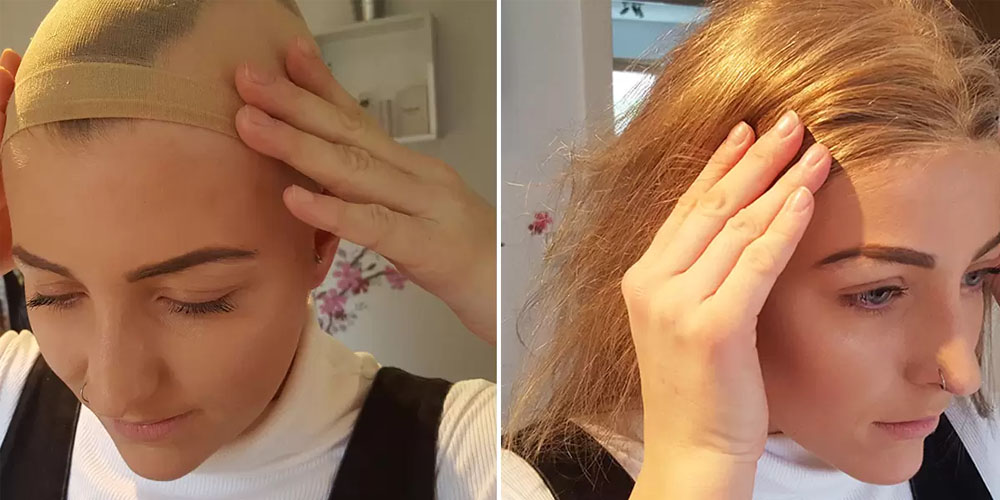
2. Medieval Era: A Search for Solutions
As societal norms shifted during the medieval period, so too did the approach to addressing hair loss. The emergence of herbal remedies and animal-based therapies marked a departure from purely aesthetic solutions. Physicians and healers began experimenting with various concoctions intended to stimulate hair growth and mitigate baldness.
2.1. Herbal Remedies and Folklore
During this time, many cultures relied heavily on the knowledge of plants and herbs. Texts from Arab physicians reveal a wealth of information regarding remedies made from oils, beeswax, and henna, believed to promote healthy hair growth. These concoctions were often presented as cure-alls, despite lacking scientific validation. Nevertheless, they demonstrated a clear desire to seek out alternative solutions to hair loss.
The cultural significance of hair was evident in folk traditions and beliefs surrounding beauty and fertility. Many societies held the belief that lush hair was a sign of vitality and attractiveness. Consequently, hair loss was often equated with misfortune or ill health. This cultural weight placed upon hair spurred individuals to explore remedies further, enhancing the urgency to find effective solutions.
2.2. The Rise of Barber Surgeons
The late medieval period saw the rise of the barber-surgeon, a unique professional who combined hairdressing with rudimentary surgical techniques. These individuals operated at the intersection of aesthetics and medicine, often taking on procedures that would be dismissed in modern practice.
Barber-surgeons frequently employed risky methods to treat hair loss, including cauterization and the application of leeches. While some of their techniques may have had a modicum of success, the overall lack of training and understanding of anatomy rendered such practices dangerous and ineffective. However, their attempts highlighted an essential shift towards recognizing the need for medical intervention in cases of severe hair loss.
3. Enter the Age of Enlightenment – A Shift Towards Science
The 18th century ushered in a new era characterized by burgeoning scientific inquiry. The Age of Enlightenment paved the way for a deeper understanding of anatomy, physiology, and the various factors contributing to hair loss. Although surgical hair transplantation remained largely undeveloped until the 19th century, significant strides were being made in the field of medicine that would eventually influence hair restoration practices.
3.1. Early Surgical Attempts
One of the earliest documented attempts at surgical hair transplantation occurred in the early 1820s. German surgeon Carl Ferdinand von Graefe successfully transplanted small patches of skin from the scalp to bald areas. Although groundbreaking, this procedure lacked the refinement and precision needed to achieve consistent results.
Despite its limitations, von Graefe's work set a precedent for future surgical explorations. Throughout the 19th century, various practitioners experimented with transplanting hair follicles, but the techniques remained rudimentary and often resulted in unsatisfactory outcomes. Nonetheless, interest in finding reliable methods of hair restoration began to gain momentum.
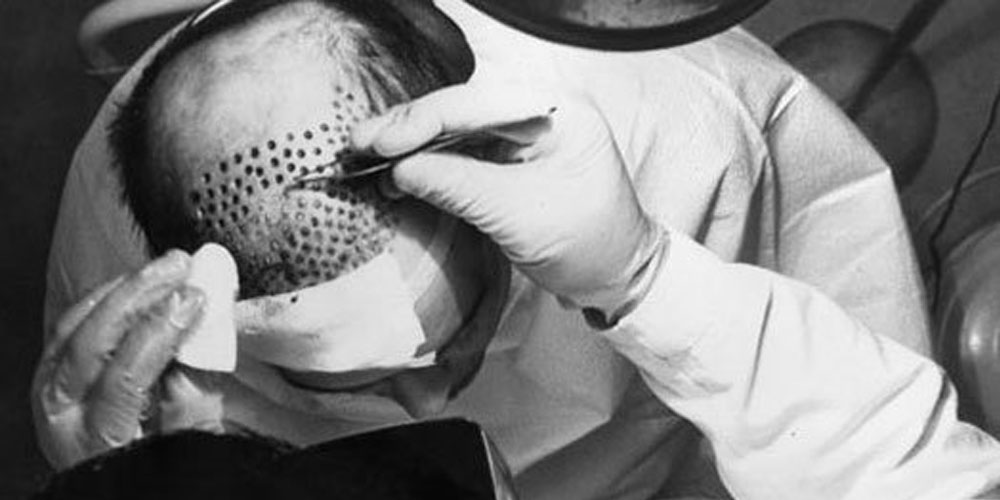
3.2. The Pioneering Work of Dr. Norman Orentreich
The mid-20th century marked a watershed moment in the history of hair transplants, thanks to the pioneering work of dermatologist Dr. Norman Orentreich. His research focused primarily on the concept of donor sites-areas of the scalp resistant to balding-where hair follicles could be harvested and transplanted into thinning regions.
Dr. Orentreich’s breakthrough came in the 1950s when he introduced the punch graft technique. This innovative approach involved removing small plugs of hair from donor sites and replanting them in areas of hair loss. While the punch graft method had inherent limitations, including potential scarring and an unnatural appearance, it represented a substantial leap forward in the quest for effective hair restoration.
4. The Rise of Follicular Unit Transplantation (FUT)
As the field of hair restoration continued to evolve, the 1970s and 1980s witnessed significant advancements in surgical techniques. This period saw the introduction of Follicular Unit Transplantation (FUT), which transformed how hair transplants were performed.
4.1. Understanding FUT Hair Transplants
FUT is founded on the principle of transplanting hair follicles in their natural groupings, known as follicular units, typically comprising one to four hairs. This technique involved excising a narrow strip of skin from the donor area, carefully dissecting it into individual units, and then implanting them into the recipient area.
The adoption of FUT offered several advantages over earlier methods. By using follicular units, surgeons could achieve higher densities of transplanted hair, resulting in a more natural appearance. Furthermore, the risk of scarring was reduced compared to previous techniques, providing patients with better cosmetic outcomes.
4.2. Challenges and Limitations
Despite its benefits, FUT was not without drawbacks. The linear scar left at the donor site posed concerns for many patients, especially those with short hairstyles. Moreover, the process required careful handling and skill to ensure proper implantation, as any errors could lead to suboptimal results. While FUT marked a significant step forward, there remained ample room for improvement and innovation in the field of hair transplantation.
5. The Era of Follicular Unit Extraction (FUE)
The late 1990s heralded a revolutionary advancement in hair transplantation with the introduction of Follicular Unit Extraction (FUE). This minimally invasive technique fundamentally changed the landscape of hair restoration, offering patients a scar-free alternative to traditional methods.
5.1. The FUE Technique
FUE involves the extraction of individual hair follicles directly from the donor area, eliminating the need for a strip of skin. Surgeons use specialized instruments to carefully harvest each follicle while leaving surrounding tissues intact. This technique not only prevents linear scarring but also allows for greater flexibility in selecting donor areas.
Patients appreciate the minimal invasiveness of FUE, which translates to shorter recovery times and less discomfort post-procedure. Additionally, FUE enables a more precise placement of follicles, resulting in improved natural-looking outcomes. Surgeons can create hairlines that mimic the patient’s original growth pattern, enhancing the overall aesthetic appeal of the transplant.
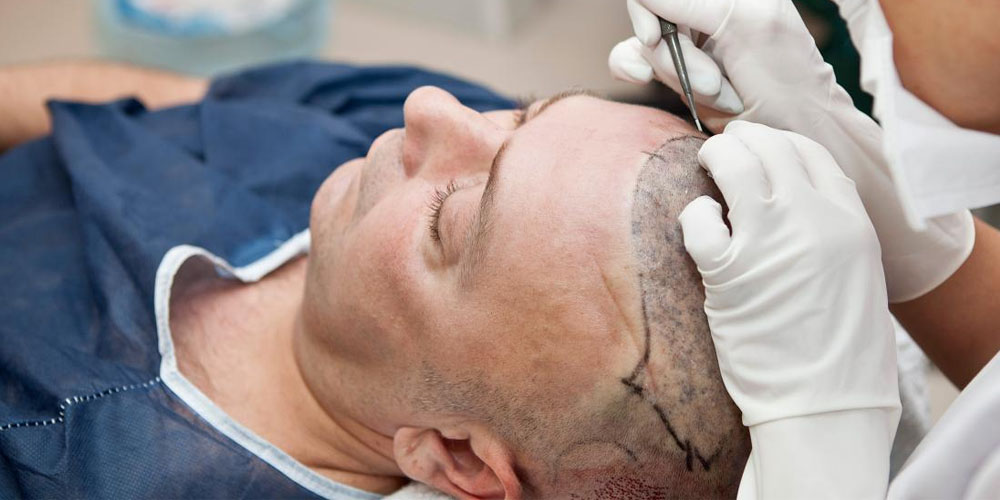
5.2. Advancements in Technology
The advent of FUE also coincided with technological advancements that have further enhanced the procedure's efficiency and effectiveness. The development of specialized tools and robotic-assisted systems has improved the precision of follicle extraction. These innovations enable surgeons to perform FUE with greater speed and accuracy, ultimately leading to better outcomes for patients.
Moreover, the rise of advanced imaging techniques allows for detailed analysis of hair loss patterns, aiding in pre-operative planning. With these tools at their disposal, surgeons can customize the procedure to meet each patient's unique needs, ensuring optimal results.
6. The Future of Hair Transplantation: A Technological Landscape
As we look toward the future of hair transplantation, the field continues to evolve rapidly, fueled by breakthroughs in technology and ongoing research. New approaches and innovations hold promise for transforming the way hair loss is treated, expanding options available to patients seeking hair restoration.
6.1. Stem Cell Technology
Research into stem cell therapy presents exciting possibilities for hair regeneration. Scientists are investigating the potential of harnessing stem cells to stimulate hair growth in regions where hair has fallen out. If successful, this non-surgical approach could revolutionize the treatment of hair loss, offering a safe and effective alternative to traditional transplant methods.
By utilizing the body's own regenerative capabilities, stem cell therapy aims to provide longer-lasting results without the need for invasive procedures. As the understanding of hair biology advances, this avenue of research may bring forth new opportunities for those experiencing hair loss.
6.2. Artificial Intelligence and Computer Vision
Artificial intelligence (AI) and computer vision technologies are increasingly being integrated into hair transplant procedures. AI-powered software assists surgeons in identifying optimal donor areas and planning the transplantation process with heightened precision. By analyzing pre-operative images, algorithms can help predict hair loss progression and guide surgical decisions.
Incorporating technology into surgical workflows streamlines the process, allowing for greater consistency and accuracy. As AI continues to evolve, it may become an indispensable tool for both surgeons and patients, enhancing the overall experience and outcomes associated with hair restoration.
6.3. Bioprinting and Tissue Engineering
Advanced techniques such as bioprinting and tissue engineering are still in their infancy, but they hold tremendous potential for the future of hair transplantation. Researchers are exploring the possibility of creating biocompatible grafts for hair restoration using 3D printing technologies. This approach could potentially bypass traditional methods involving follicular unit extraction, paving the way for seamless and efficient hair restoration.
With the ability to generate complex structures that mimic natural hair growth, bioprinted grafts may offer new avenues for restoring hair without relying solely on donor sites. As these technologies mature, they could revolutionize the landscape of hair transplantation, delivering more effective and less invasive solutions.
Conclusion
The history of hair transplants reflects humanity's unyielding pursuit of confidence, beauty, and self-expression. From the ancient Egyptians' use of wigs to the sophisticated techniques employed in modern surgical practices, the evolution of hair restoration showcases the ingenuity and adaptability of human beings.
As we navigate the present and look toward the future, the field of hair transplantation continues to expand, driven by innovation, research, and technological advancements. The promise of stem cell therapy, AI integration, and bioprinting signifies a bright horizon for those grappling with hair loss. Ultimately, the legacy of hair transplantation stands as a testament to our collective desire to reclaim what we consider an essential aspect of our identity - the right to feel confident and beautiful in our own skin.
LATEST POSTS

